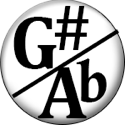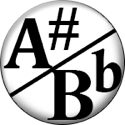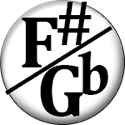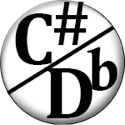Advanced Guitar Triads - Spread Voicings
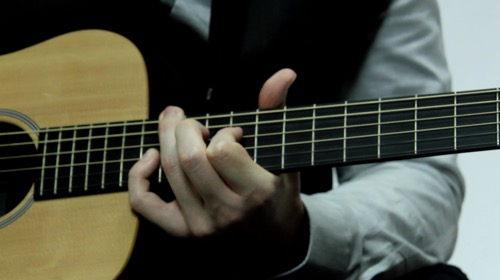
Hi. This is Hub Guitar.
We're going to talk about spread triads. Spread triads are a simple but effective way of voicing your triads so they they have a bit more character.
To create a spread triad, all you have to do is take the middle note of a closest triad and raise it by an octave. Now the total range that the triad goes through is a bit wider, and no two notes are directly adjacent to each other. This can really help round out the sound of the chord and make it sound a bit more clear.
Let's play an F triad on the 5th string just as an example. Now, we'll take the middle note, A, and move it up an octave. And now that the chord is impossible to play, we'll move that fifth to the string the A was on previousy Now we've got a pattern that's easy to play and sounds good, too.
So I'm going to show you all of the F major spread triads on the sixth string, and then all of the Bb major spread triads on the fifth string. Each triad can be played in root, first inversion or second inversion, and can begin on the sixth, fifth or fourth strings. That means there's 9 voicings for each triad type.
It's nice to use your fingers to play with these, but if you're using a pick you can either arpeggiate the triads, mute the remaining strings, or both.
And now the Bb major spread triads starting from 5th string.
You can use these together, too. If we combine them we'll have a I-IV progression, for instance.
Learn these on all string sets: top four, middle four, and bottom four. Do them in all inversions: root, first inversion, and second inversion. And do them for all triad types: major, minor, augmented, diminished and sus2/sus4.
Apply these to your playing and you'll really start to come up with some fresh ideas
The concept of the “spread triad” is fairly simple. First, begin with a triad in closed position. The triad can be any inversion. This means we have will have 135, 351 and 513.
Next, take the middle note of the triad and raise it one octave. Now we have the following transformation:
| Original Triad | Spread Triad |
| 1, 3, 5 | 1, 5, 3 |
| 3, 5, 1 | 3, 1, 5 |
| 5, 1, 3 | 5, 3, 1 |
Note that this is not merely a re-ordering of triad notes, and the result is that the total span of the triad is now larger than one octave.
Note: We can apply this procedure not only to major triads, but to any of the other types including minor, augmented, diminished or suspended.
Root position spread triad (F major)
First-inversion spread triad (F major)
Second-inversion spread triad (F major)
Now Let’s take a look at some of the spread triads starting on the fifth string. To make things a little simpler, we’ll start with B♭. This will allow is to show the inversions on a continuous line without the need to jump up or down an octave.
First-inversion spread triad (B♭ major)
First-inversion spread triad (B♭ major)
Second-inversion spread triad (B♭ major)
Key Tasks
- Memorize all spread triads.
- Play spread triads as minor, sus2, sus4, diminished and augmented.
- Use the spread triads to voice-lead common chord progressions. Use the Chord Progression Chart if you need ideas for chord progressions.
 As the creator of Hub Guitar, Grey has compiled hundreds of guitar lessons, written several books, and filmed hundreds of video lessons. He teaches private lessons in his Boston studio, as well as via video chat through TakeLessons.
As the creator of Hub Guitar, Grey has compiled hundreds of guitar lessons, written several books, and filmed hundreds of video lessons. He teaches private lessons in his Boston studio, as well as via video chat through TakeLessons.




